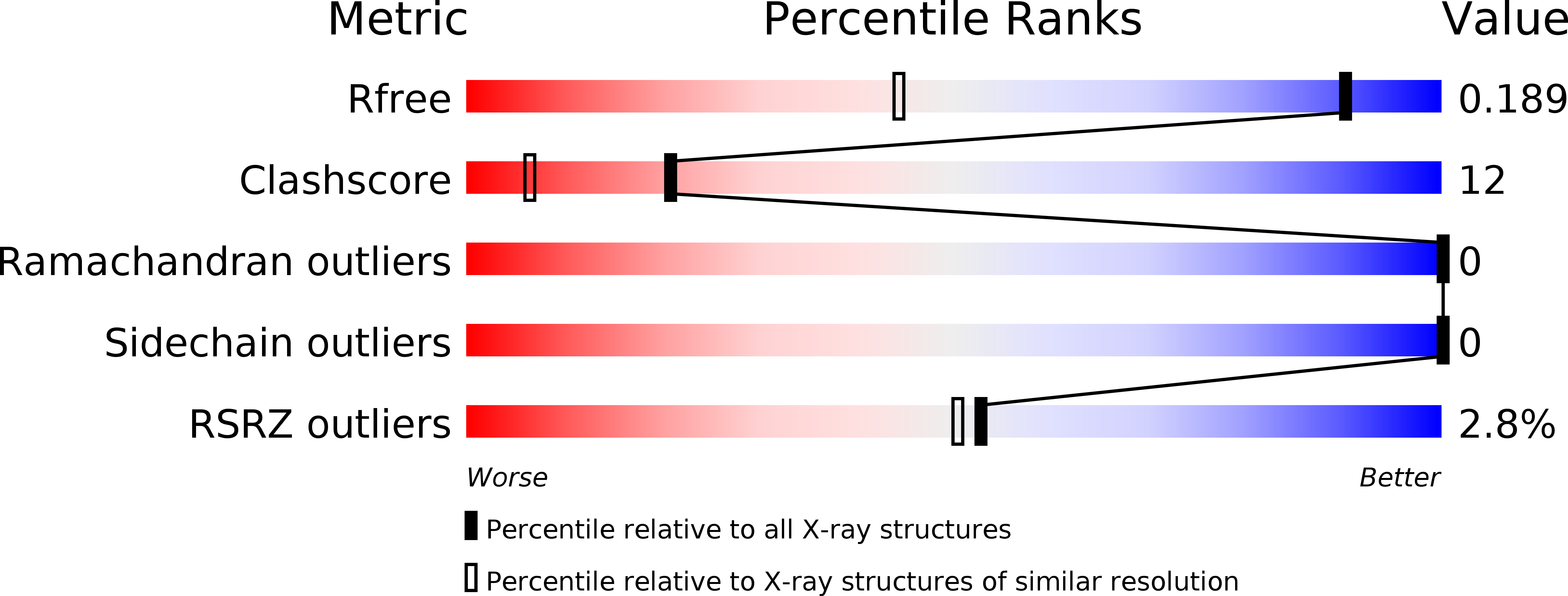
Deposition Date
2008-08-20
Release Date
2008-12-09
Last Version Date
2024-10-09
Entry Detail
Biological Source:
Source Organism:
Epiphyas postvittana (Taxon ID: 65032)
Host Organism:
Method Details:
Experimental Method:
Resolution:
1.30 Å
R-Value Free:
0.18
R-Value Work:
0.14
R-Value Observed:
0.14
Space Group:
P 1 21 1


